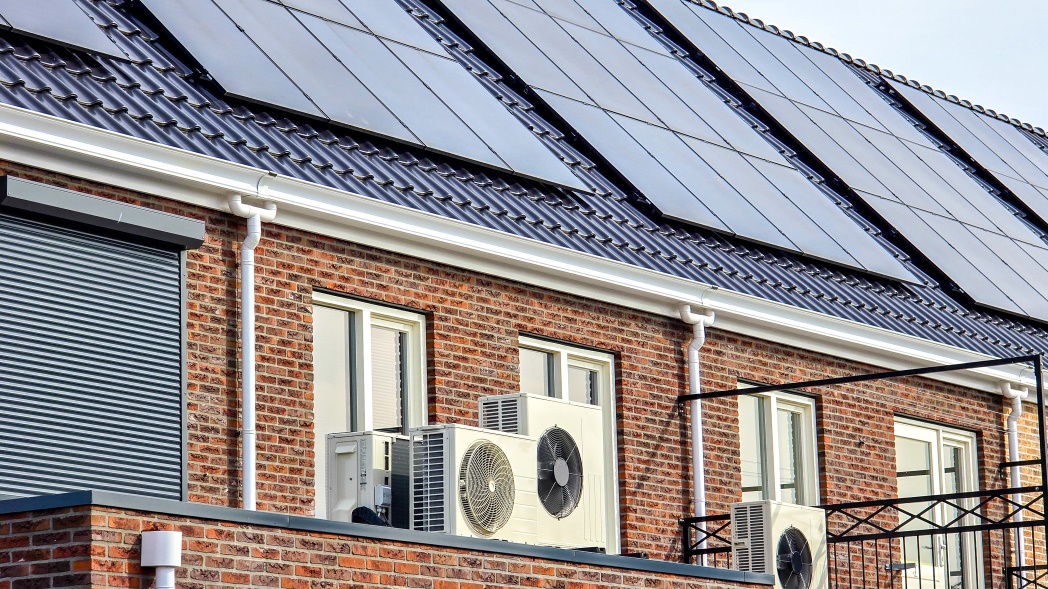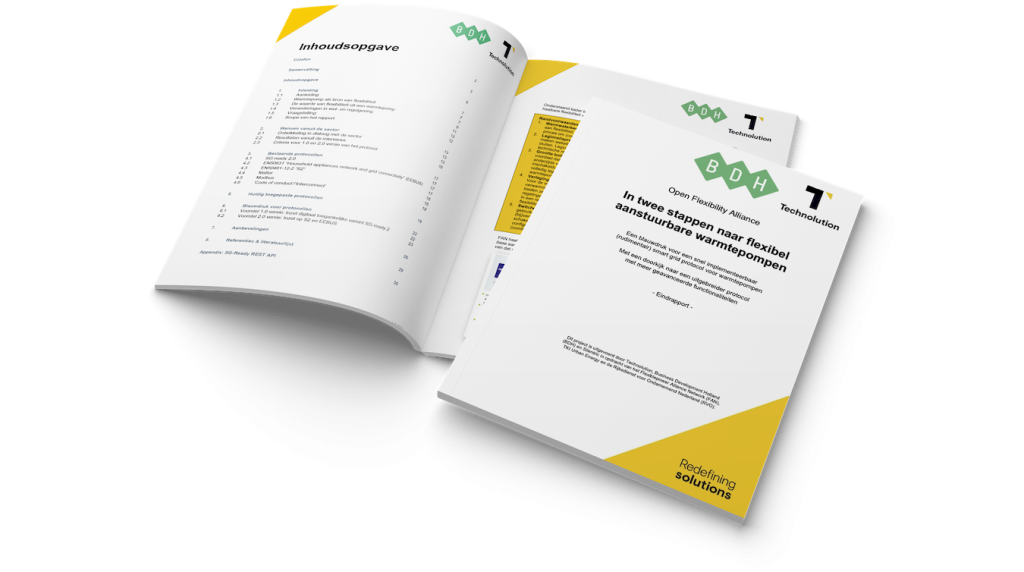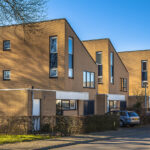
Study shows: heat pumps can be used for flexibility on power grid
Households are increasingly being heated by heat pumps.This is putting further pressure on already heavily loaded power grids. The paradox is that heat pumps can also be used to lighten the burden through flexibility, provided there is coordinated control. A study carried out by Technolution Spark, Business Development Holland (BDH), and Silentric is exploring the possibilities for the short and the long term.
Flexibility due to great numbers of heat pumps
A study of flexibility through using heat pumps is interesting because of the large numbers involved. The number of installed heat pumps is growing annually by 30–40 %, up to 300,000 or more installed heat pumps by 2030. This is leading to a considerable reduction in gas consumption and CO2 emissions, but at the same time, the energy requirement of heat pumps is one various factors that increase the risk of congestion on low- and medium-voltage networks.
The good news is that, in principle, the switching times of heat pumps are flexible. Once a home is well-heated, it can do without further heat supply for a while; up to two hours in well-insulated homes. If grid operators were able to control large numbers of heat pumps in a coordinated way, they would be able to prevent or solve congestion.
Communication standard for heat pumps
Most heat pumps cannot currently be controlled remotely. If the flexibility of heat pumps is to be exploited, a standardized communication protocol is required that is implemented across the market. The study carried out by Technolution Spark, BDH, and Silentric looked first of all at a two-step approach including developing an existing protocol into a more extended 2.0 version. This has proven technically impossible, but further development of the European S2 protocol and/or the EEBUS protocol does seem feasible.

Conclusions: the flexibility of heat pumps offers possibilities
The report concludes that switchable heat pumps can contribute significantly to fighting congestion on low- and medium-voltage networks. However, many obstacles remain to be overcome: central registration of installed heat pumps is indispensable; producers will have to implement the communication protocol; owners and users will have to consent to remote control; the privacy and comfort of end users will have to be guaranteed; liabilities will have to be clearly defined.
All in all, this is a complex playing field with many stakeholders and diverging interests. One of the most important recommendations in the report therefore is to make optimal use of scalable demo projects to acquire as much experience as possible. The study has yielded valuable insights for Technolution too, particularly for our R&D activities in the field of next-generation smart meters and the development of advanced energy management systems (EMSs) for households and businesses. No doubt more is to follow!



